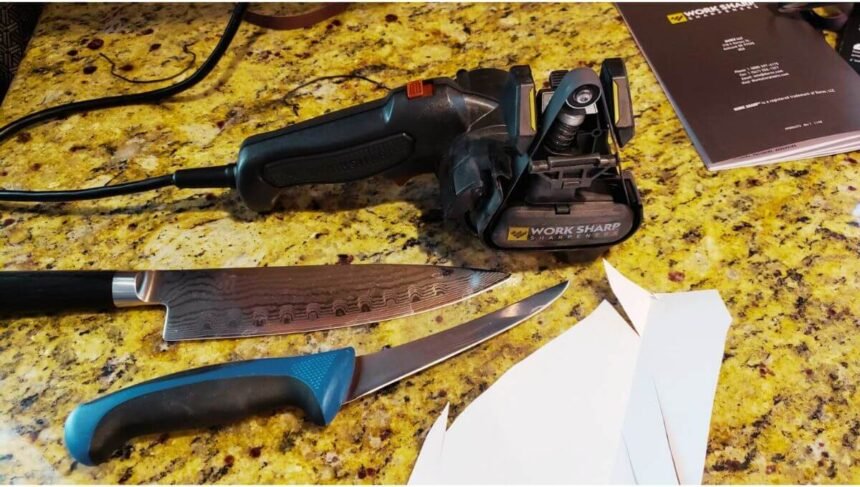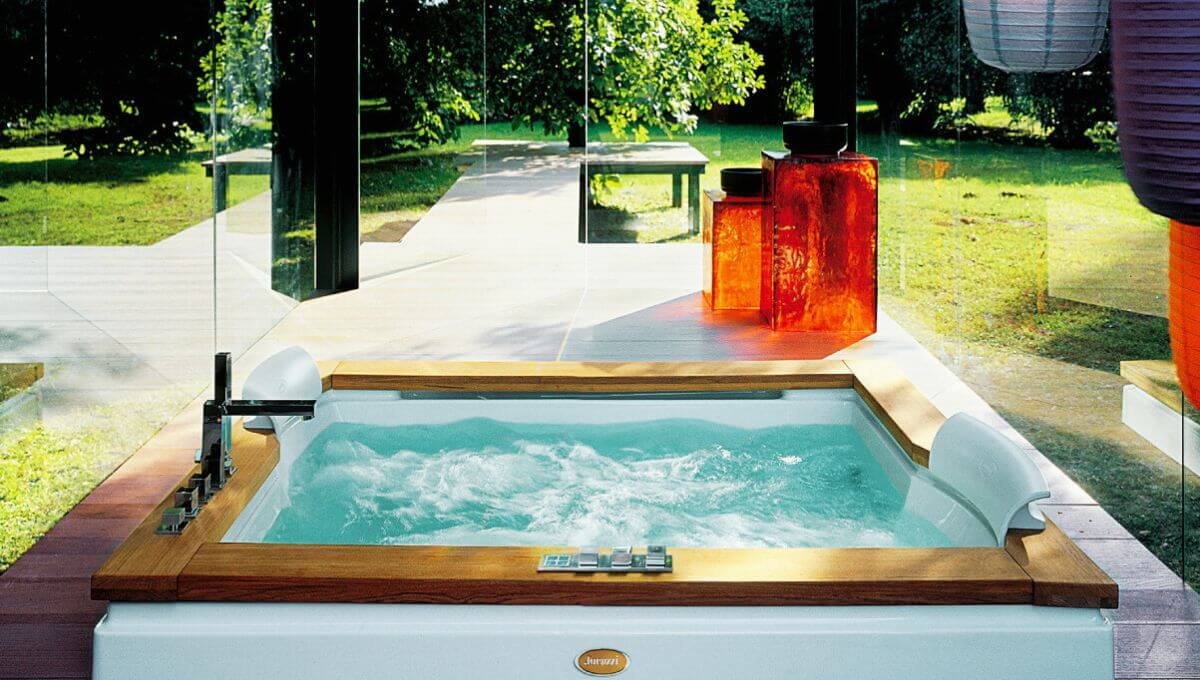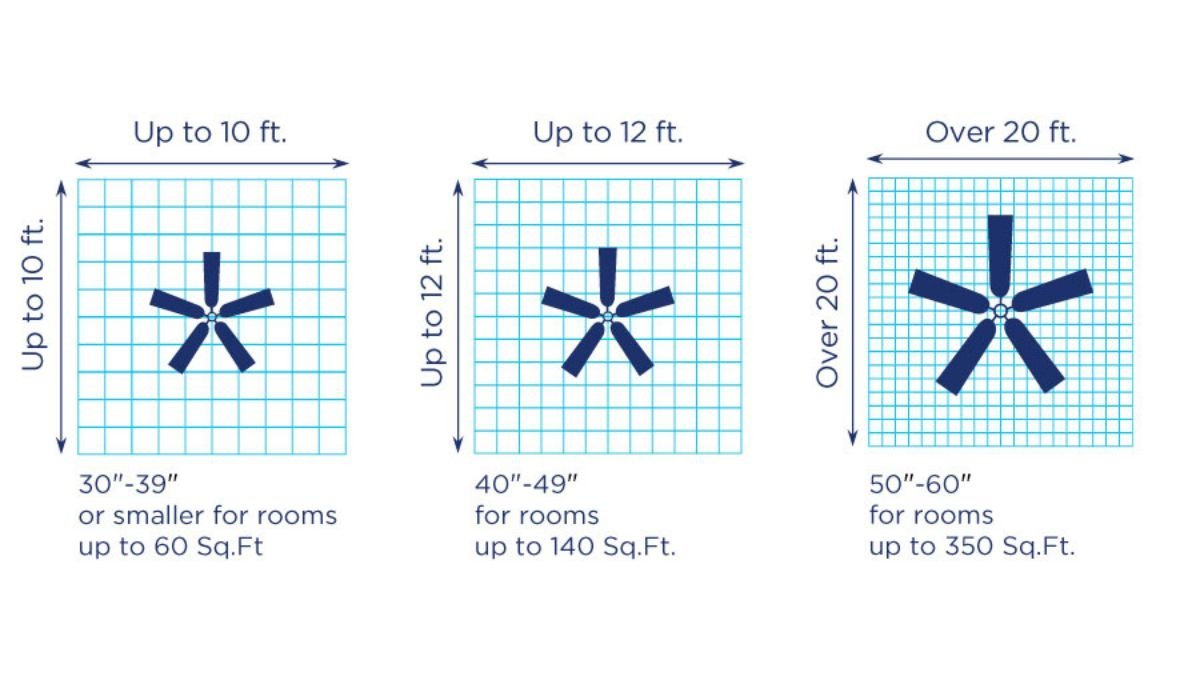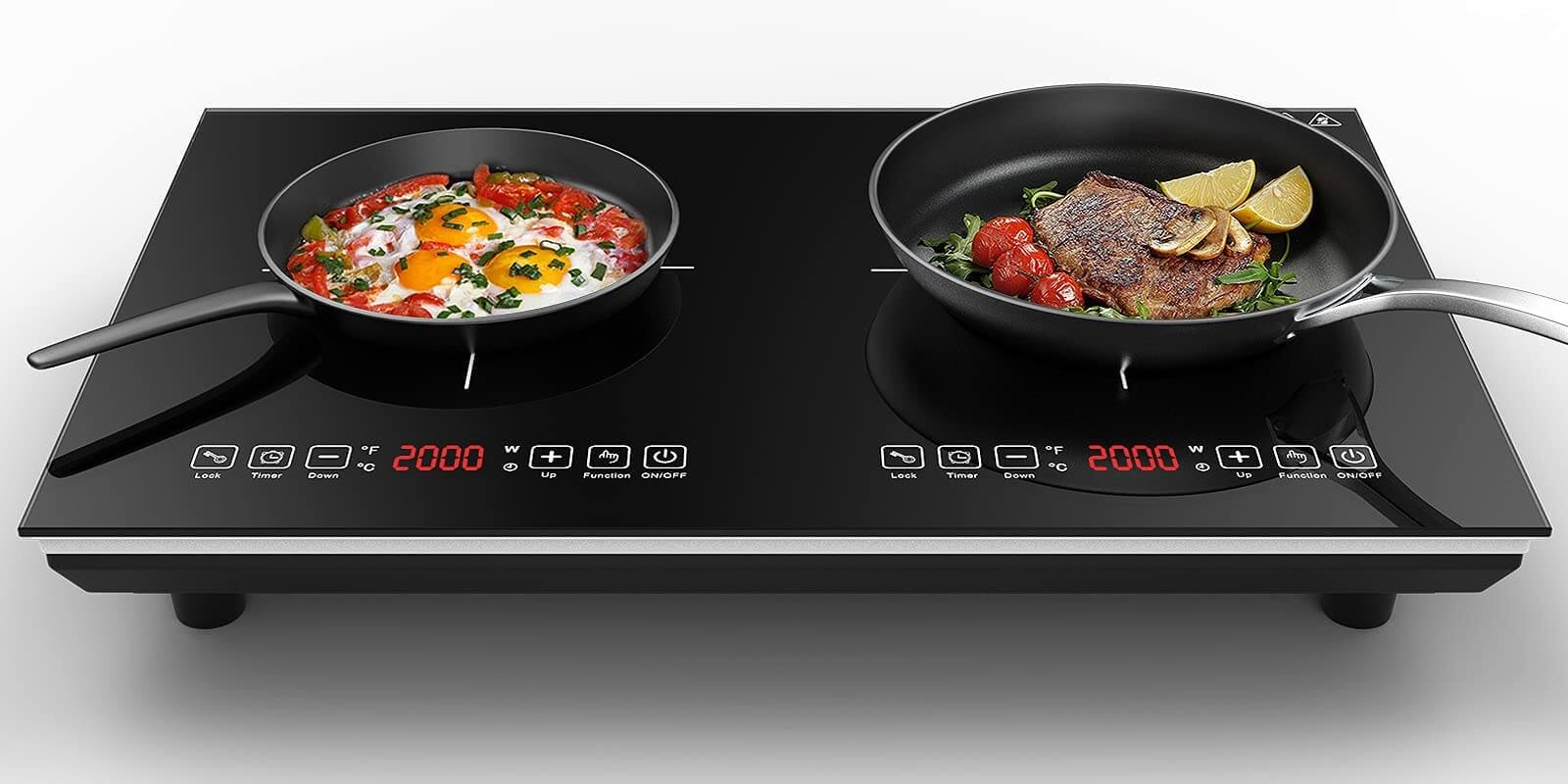Sharpening a kitchen knife is an essential skill for any home cook or professional chef. A dull knife can be dangerous and ineffective, leading to accidents and poor performance in the kitchen. Here are the best ways to sharpen your kitchen knives:
Whetstone Method
- Prepare the Whetstone:
- Place the whetstone on a flat surface, such as a damp paper towel, to prevent it from sliding.
- Wet the knife blade with a little water to reduce friction.
- Angle and Drag:
- Hold the knife at a 15- to 20-degree angle, with the tip pointing away from you.
- Place the knife on the whetstone, starting with the coarse side.
- Drag the knife across the whetstone in a circular motion, maintaining the angle.
- Repeat this process three to four times, then flip the knife over and repeat on the smoother side.
Electric Knife Sharpeners
- Use the Sharpener:
- Follow the instructions in the manual carefully.
- Avoid twisting, pressing down, or pausing the stroke while sharpening, as this can cause oversharpening or uneven edges.

Professional Electric Knife and Tool Sharpener
Work Sharp Knife & Tool Sharpener Mk.2 sharpens every knife you own. It builds upon the Original Work Sharp Knife & Tool Sharpener, with new features to make sharpening faster, easier, and more repeatable than ever before.
Alternative Methods
Ceramic Mug:
- Flip a ceramic mug over and place it on a flat surface.
- The unglazed ring on the bottom can be used to sharpen knives.
Tips and Maintenance
- Regular Sharpening:
- Sharpen your knives every few months to maintain their edge.
- Honing:
- Use a honing steel to hone your knives after sharpening, which helps maintain the edge.
- Cleaning and Storage:
- Clean your knives by hand and dry them immediately to prevent rust.
- Store them properly to avoid damage and maintain their edge.
Online Resources
- For detailed guides and videos on sharpening and maintaining knives, check out Allrecipes, CNET, and YouTube channels like Epicurious and BuzzFeed Tasty.
Best techniques for sharpening different types of kitchen knives
Sharpening kitchen knives is a crucial skill for any home cook or professional chef. Different types of knives require specific sharpening techniques to maintain their edge and performance. Here are the best techniques for sharpening various types of kitchen knives:
Western-Style Knives
Honing Steel:
- Hold the knife at a 15- to 20-degree angle against the honing steel.
- Swipe the knife down and across the entire length of the steel, maintaining the angle.
- Repeat on both sides of the blade to achieve a sharp edge.
Japanese Knives
Honing Steel:
- Hold the knife at a 10- to 20-degree angle against the honing steel.
- Swipe the knife down and across the entire length of the steel, maintaining the angle.
- Repeat on both sides of the blade to achieve a sharp edge.

Kitchen Knife Set
Knife Sets with Block and 6 PCS Kitchen Utensils Set, Knives Set for Kitchen 15 Pieces with Built-in Sharpener, Utensils Holder for Storing Kitchen Tools
Bench Stone
Manual Sharpening:
- Start with a coarse grit and gradually sharpen the cutting edge with finer grits.
- Use a water stone or diamond plate to sharpen the knife manually.
- This method produces a geometrically correct cutting edge and requires some practice.
Knife Sharpening System
Abrasive-Guided Sharpening:
- Fix the knife in a holder and move the abrasive over the cutting edge.
- This method can be learned without much practice and produces a geometrically correct cutting edge.
Water-Cooled Sharpening Machine
Grinding Guides:
- Use grinding guides to reproduce the cutting-edge angles exactly.
- These machines are suitable for sharpening high-quality Japanese knives and require honing after sharpening.
Tumbler Rolling Sharpener
Rotating Barrel:
- Use a rotating barrel to sharpen the knife.
- This type of sharpener is versatile and efficient, making it suitable for sharpening various types of knives.
Related: The Ultimate Rustic Egg Holder for Your Farmhouse Kitchen
Tips and Best Practices
- Regular Sharpening:
- Sharpen your knives regularly to maintain their edge and performance.
- Honing:
- Use a honing steel to hone your knives after sharpening, which helps maintain the edge.
- Cleaning:
- Clean your knives and sharpening tools after use to prevent rust and maintain their condition.
- Sharpening Angle:
By following these techniques and best practices, you can effectively sharpen and maintain your kitchen knives, ensuring they remain sharp and perform well for a long time.







